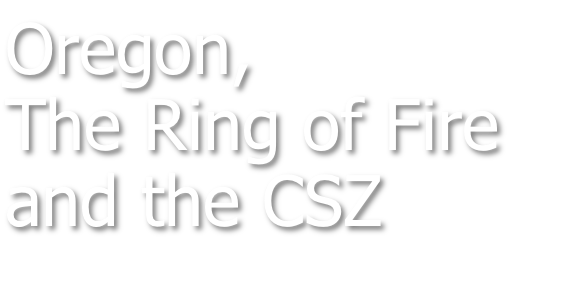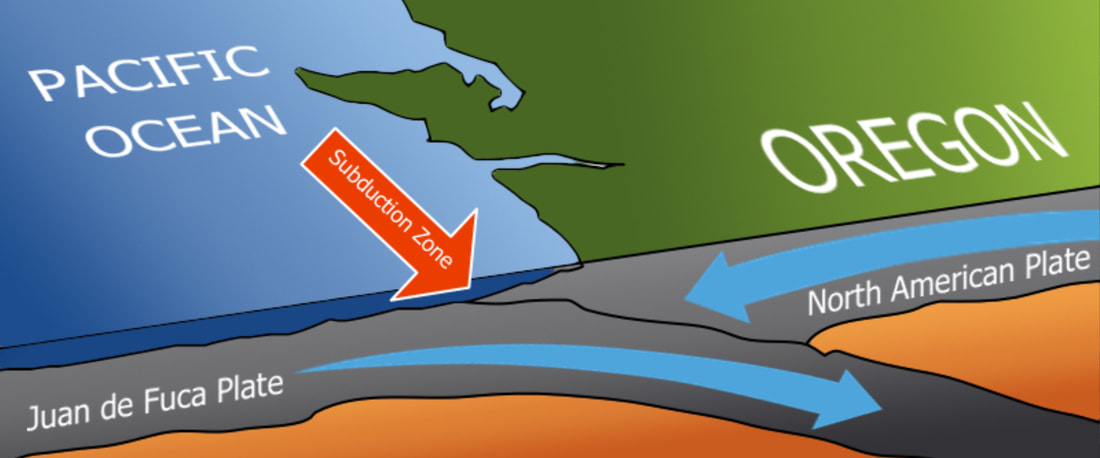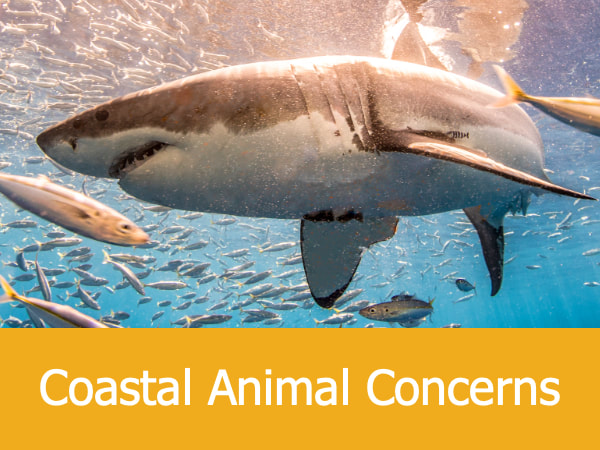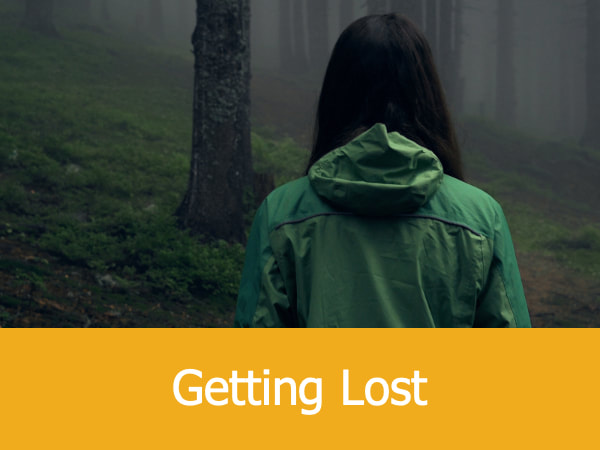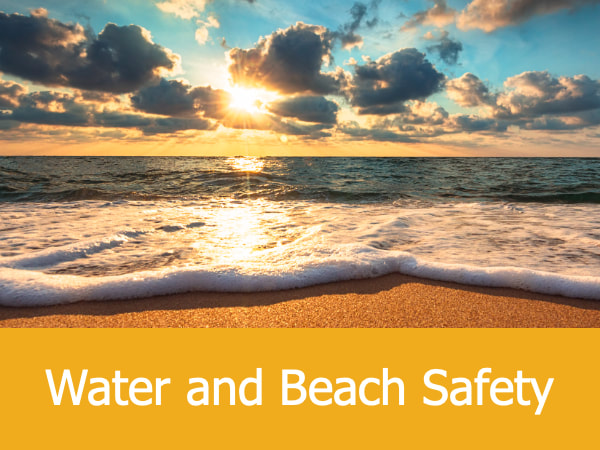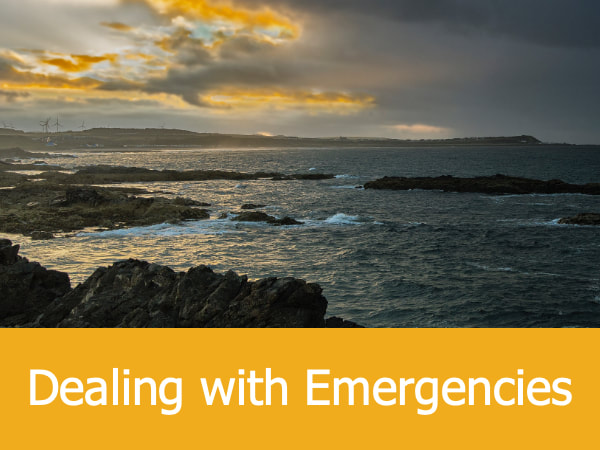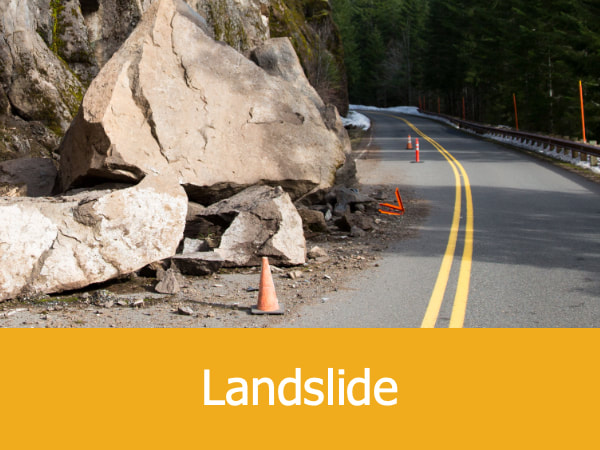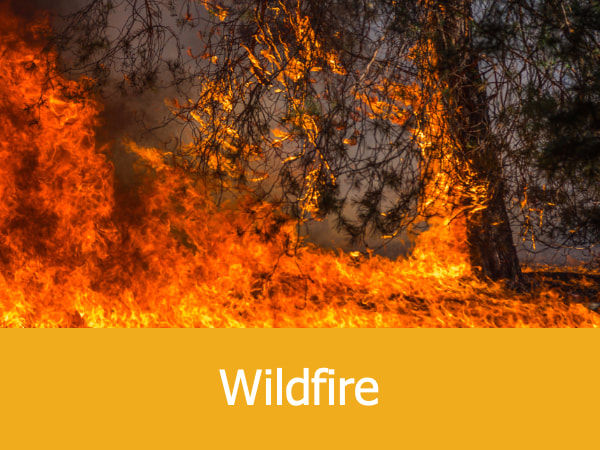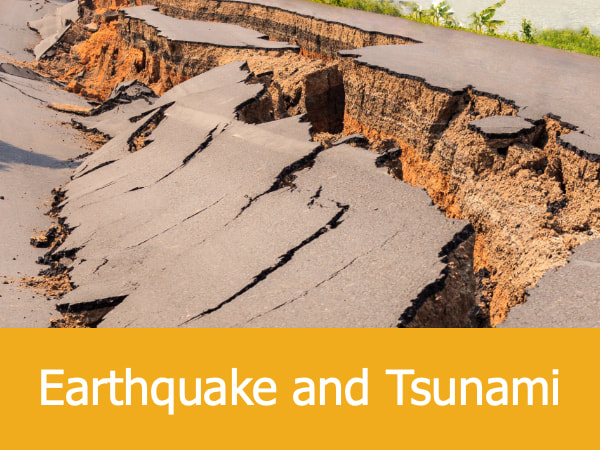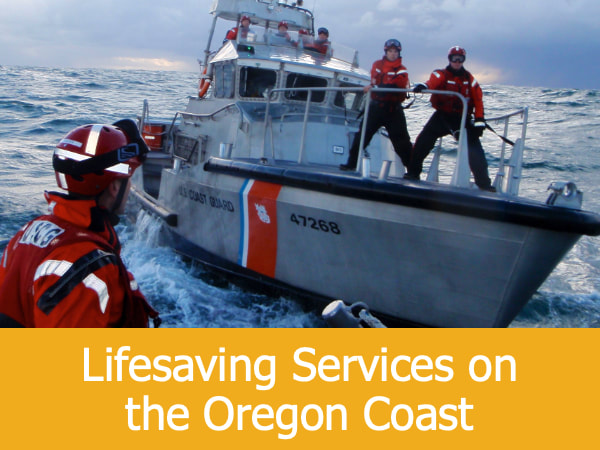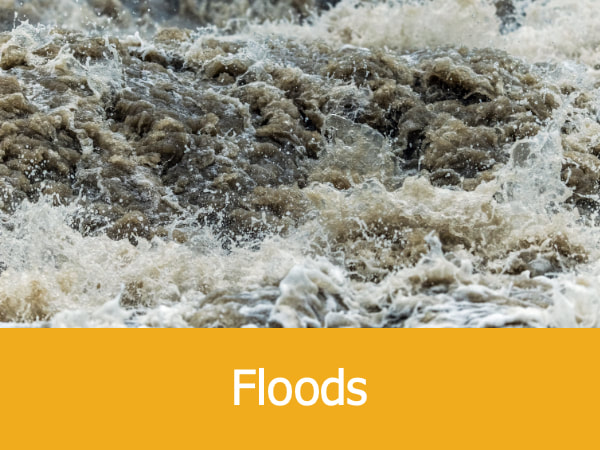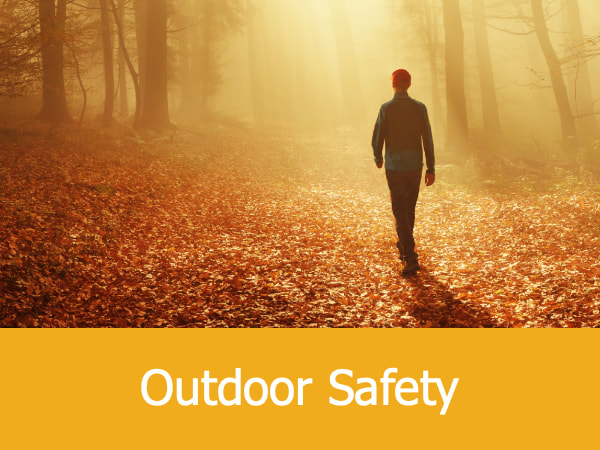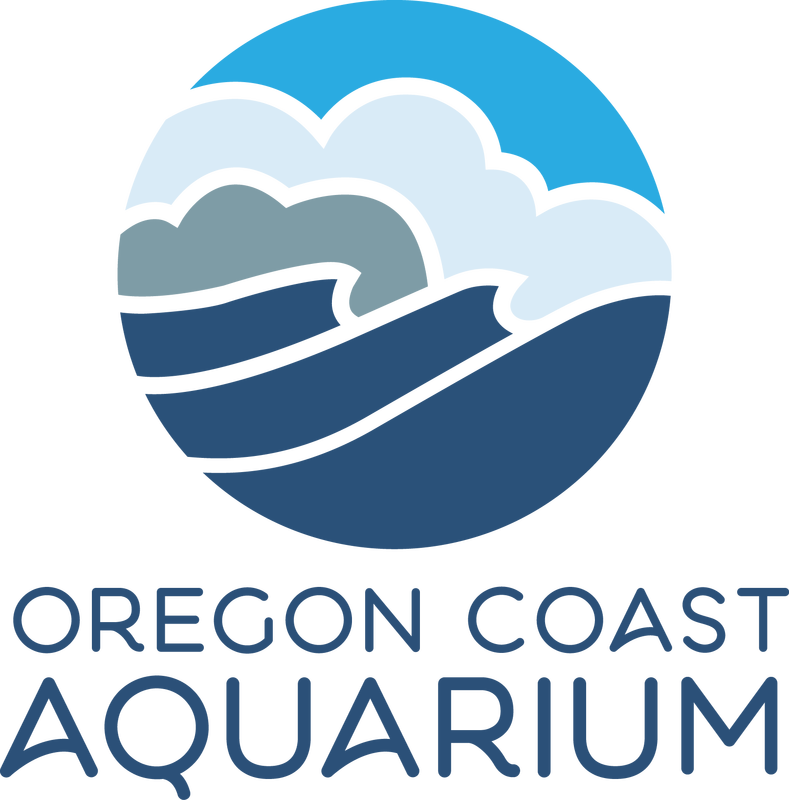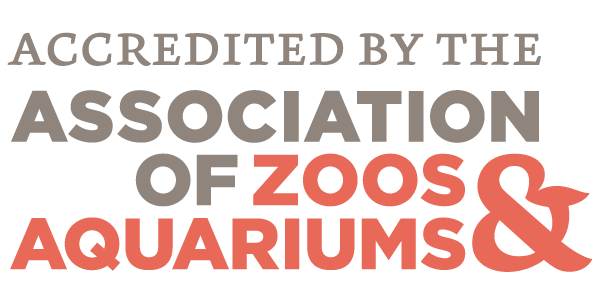ECOSYSTEMS > COASTAL WATERS > CONTINENTAL SHELF
This term describes a horseshoe-shaped string of underwater volcanoes, ridges and trenches which occur in the Pacific Ocean basin. The “ring” roughly follows the edges of the basin where continental plates impact submerged sea plates. The name is derived from the large number of volcanoes in the ring — 452 or 75% of all volcanoes on Earth — and the constant seismic activity they create.
Oregon lies on the northeast edge of the ring where the Juan de Fuca plate is slipping beneath the North American plate. This area is known as the Cascadia Subduction Zone (CSZ) and it has the potential for producing exceptionally strong earthquakes.
This term describes a horseshoe-shaped string of underwater volcanoes, ridges and trenches which occur in the Pacific Ocean basin. The “ring” roughly follows the edges of the basin where continental plates impact submerged sea plates. The name is derived from the large number of volcanoes in the ring — 452 or 75% of all volcanoes on Earth — and the constant seismic activity they create.
Oregon lies on the northeast edge of the ring where the Juan de Fuca plate is slipping beneath the North American plate. This area is known as the Cascadia Subduction Zone (CSZ) and it has the potential for producing exceptionally strong earthquakes.
Around the world, subduction zones typically produce strong, frequent earthquakes. In recent years, for example, the countries of Peru and Chile have been repeatedly devastated by seismic activity produced by the subduction of the Nazca plate beneath the South American plate. In comparison the CSZ seems quiet. But why?
Geologists believe the plates of the CSZ may be “stuck” together. Since the plates continue to move, and pressure between them continues to build, it’s unlikely they’ll remain “stuck” forever. Eventually, their boundary will experience a “megathrust earthquake,” a slipping of the plates which is unusually powerful. Although a megathrust earthquake has not occurred in the Pacific Northwest in modern times, one did occur in 1700 and caused the coast to drop 20 feet (6.09 m) almost instantaneously, followed by a massive tsunami.
Scientists continue to study the CSZ as communities throughout the Pacific Northwest simultaneously prepare for “the big one” yet to come.
Related Information: Catastrophe! January 26, 1700
Geologists believe the plates of the CSZ may be “stuck” together. Since the plates continue to move, and pressure between them continues to build, it’s unlikely they’ll remain “stuck” forever. Eventually, their boundary will experience a “megathrust earthquake,” a slipping of the plates which is unusually powerful. Although a megathrust earthquake has not occurred in the Pacific Northwest in modern times, one did occur in 1700 and caused the coast to drop 20 feet (6.09 m) almost instantaneously, followed by a massive tsunami.
Scientists continue to study the CSZ as communities throughout the Pacific Northwest simultaneously prepare for “the big one” yet to come.
Related Information: Catastrophe! January 26, 1700

